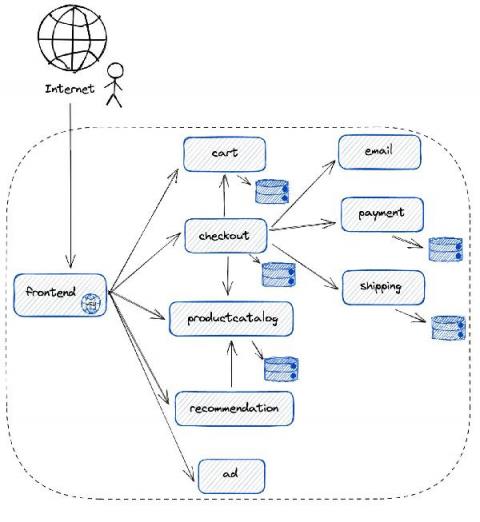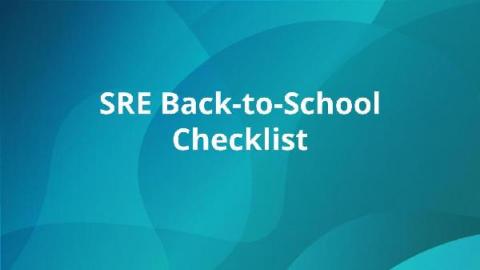From Metrics to Valuable Insights: Incident Post-Mortem Reports
IT organizations, such as managed service providers (MSPs), deploy incident alerting and on-call management solutions to accelerate software delivery and ensure seamless customer experiences. Incident alert management platforms orchestrate the distribution of alerts to ensure that technicians continue to maintain system uptime and minimize service disruptions.








